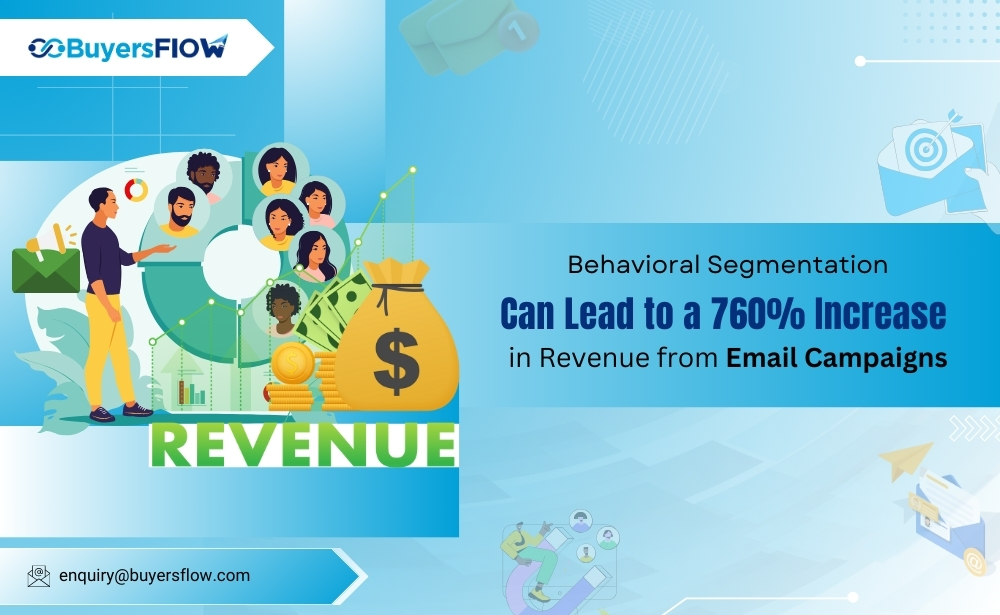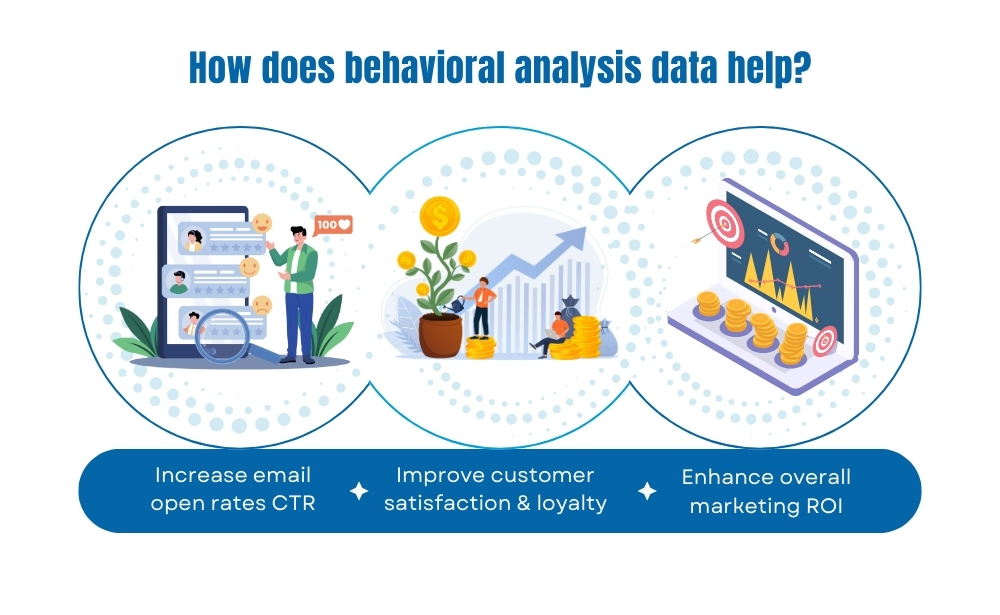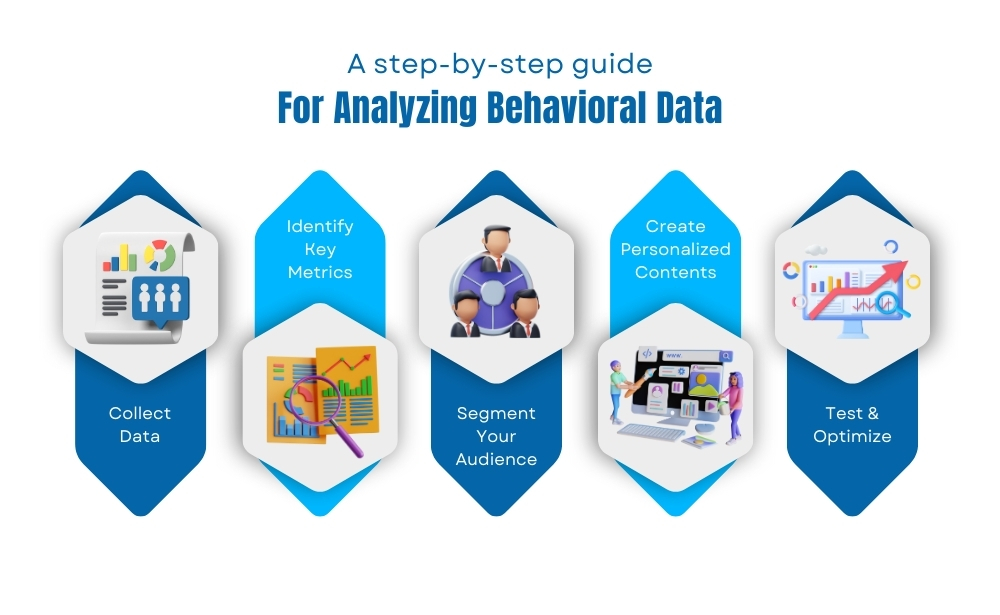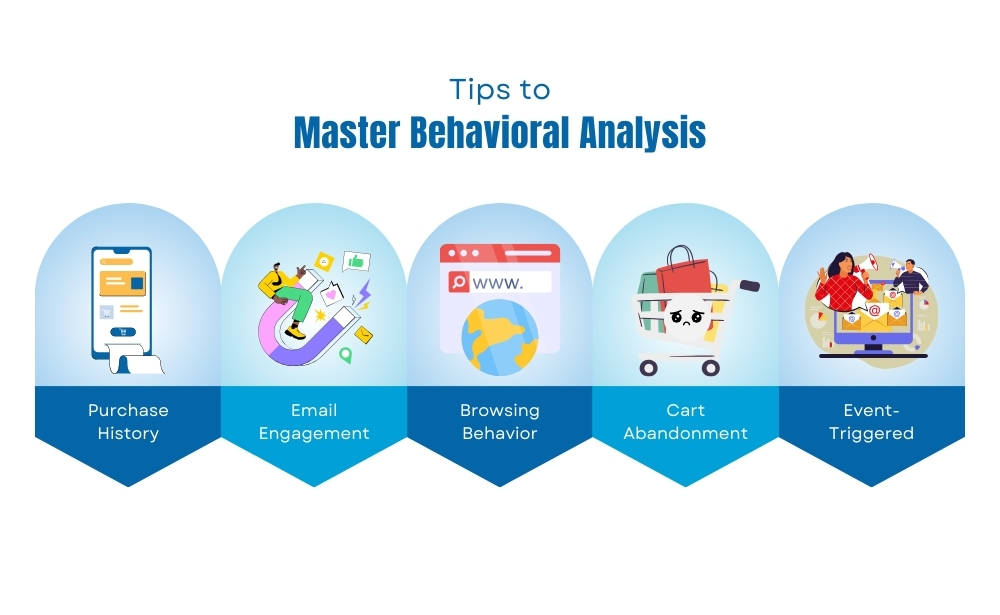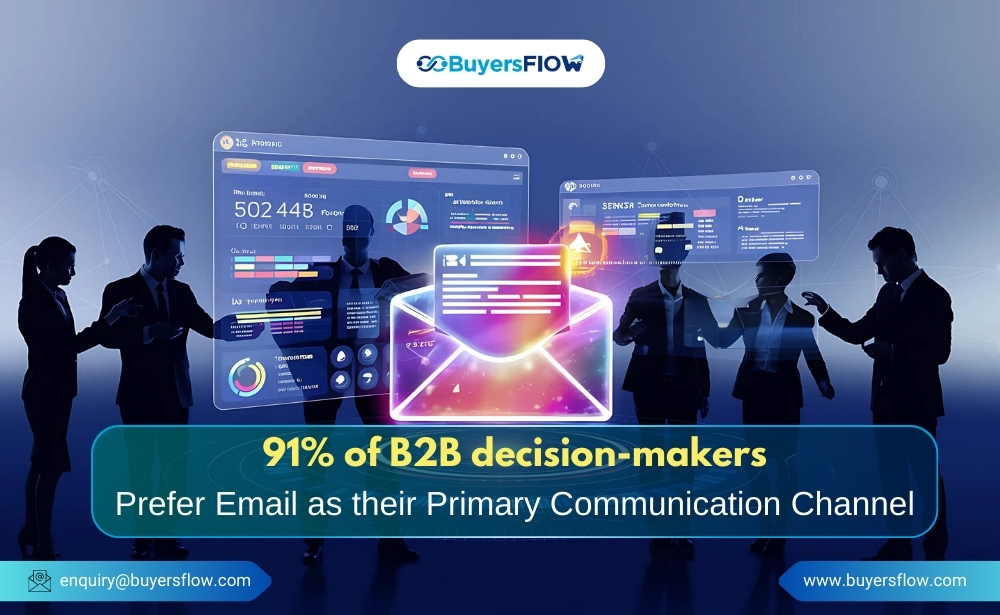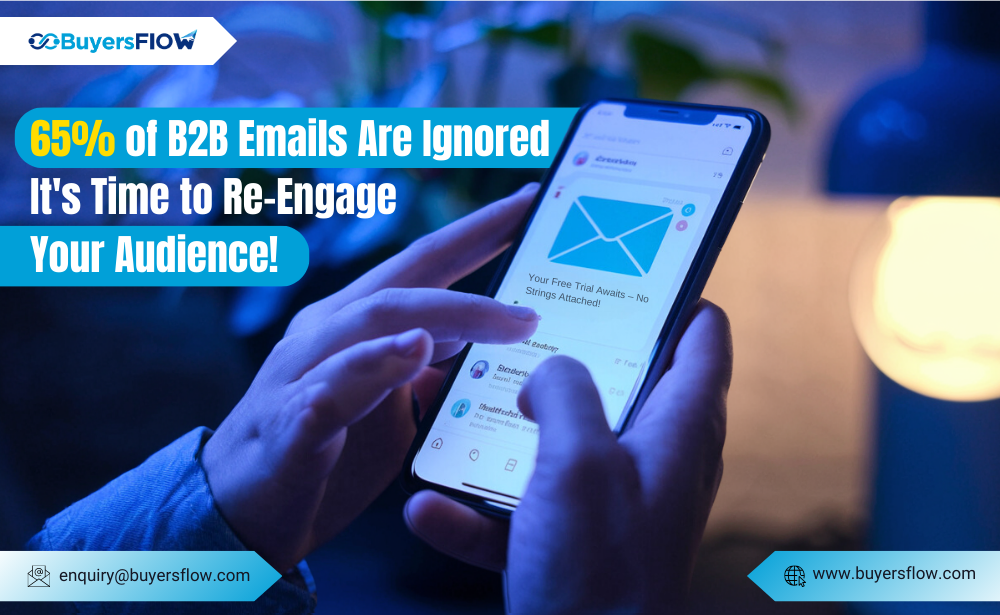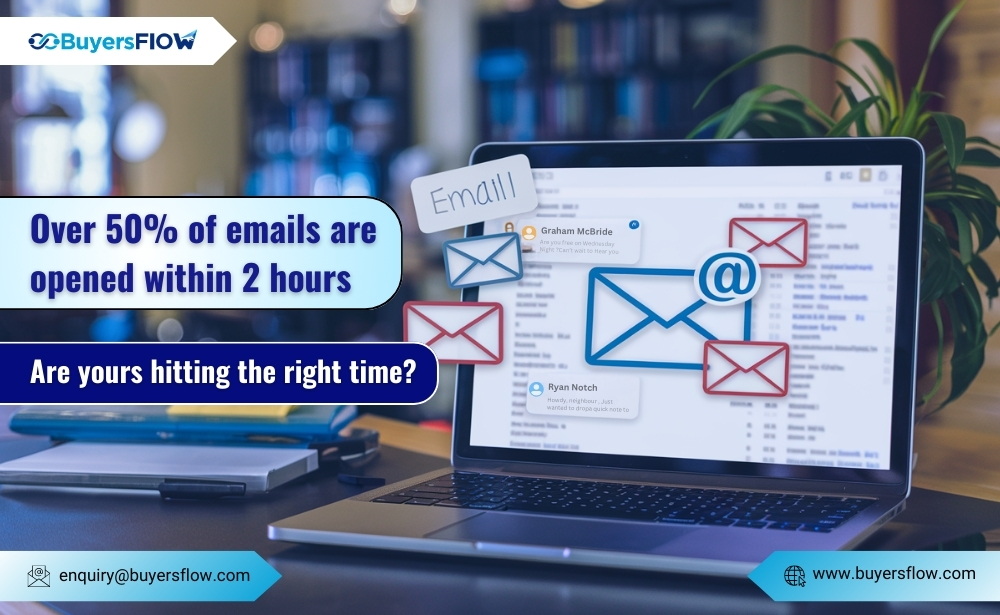Have you ever wondered how some businesses know exactly what you want? The secret lies in using behavioral data. By understanding your customers’ actions, preferences, and habits, you can create highly targeted email campaigns that drive engagement and conversions. Let’s explore how you can leverage the power of behavioral data for effective email segmentation.
Cracking the Code: Why Should You Care?
Behavioral data refers to the information collected about how users interact with your website, emails, and other digital channels. This data includes actions like:
- Pages visited
- Time spent on each page
- Links clicked
- Emails opened
- Products viewed or purchased
But why is this data so important? Because it provides insights into your customers’ interests and preferences, allowing you to tailor your email marketing strategies to meet their specific needs. This data can help you:
- Increase email open rates and click-through rates
- Improve customer satisfaction and loyalty
- Boost overall marketing ROI
The Blue Print: Key Steps for Analysis and Implementation
Analyzing behavioral data might sound daunting, but it’s easier than you think. Here’s a step-by-step guide to get you started:
- Collect Data: Use tools like Google Analytics, your email marketing platform, and CRM systems to gather data on user interactions.
- Identify Key Metrics: Focus on email marketing metrics that matter most to your business, such as website visits, email opens, and purchase history.
- Segment Your Audience: Group your audience based on similar behaviors. For example, create segments for frequent buyers, email non-openers, and cart abandoners.
- Create Personalized Content: Tailor your content to match the interests and behaviors of each email segmentation. This could include personalized product recommendations, special offers, or relevant content.
- Test and Optimize: Continuously test different email campaigns and analyze the results to see what works best for each segment. Use this data to refine your strategies.
Mastering the Art of Customer Segmentation Using Behavior Analysis
Now that you understand the importance of behavioral data, let’s look at some practical ways to segment your customers:
- Purchase History: Segment customers based on their past purchases. Send product recommendations, upsell related products, or offer loyalty rewards.
- Email Engagement: Identify who opens your emails, clicks on links, and engages with your content. Re-engage inactive subscribers with special offers or exclusive content.
- Browsing Behavior: Track which pages your visitors view and how long they stay. Use this data to send targeted emails about products or content they’ve shown interest in.
- Cart Abandonment: Reach out to customers who added items to their cart but didn’t complete the purchase. Send reminder emails with incentives like discounts or free shipping.
- Event-Triggered: Create segments based on specific actions, such as signing up for a webinar, downloading a whitepaper, or attending an event. Follow up with relevant content and offers.
Conclusion
Using behavioral data for email segmentation is a game-changer for any business looking to enhance its marketing efforts. By understanding and leveraging the actions and preferences of your customers, you can create highly personalized and effective email campaigns that drive engagement and boost sales.
Ready to take your email marketing to the next level? BuyersFlow is here to help. With our advanced email segmentation feature, you can easily analyze behavioral
